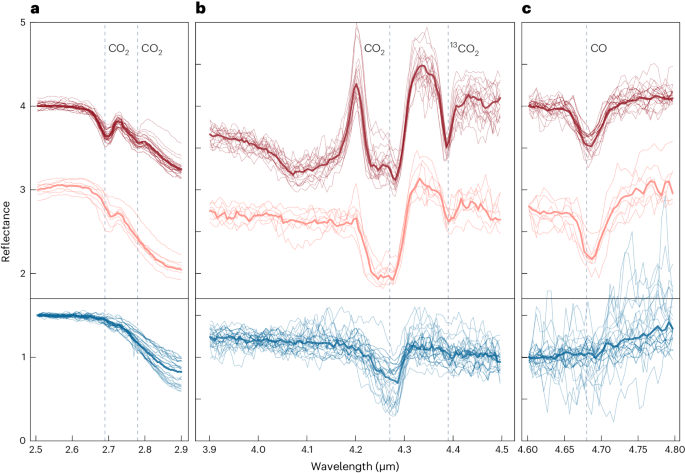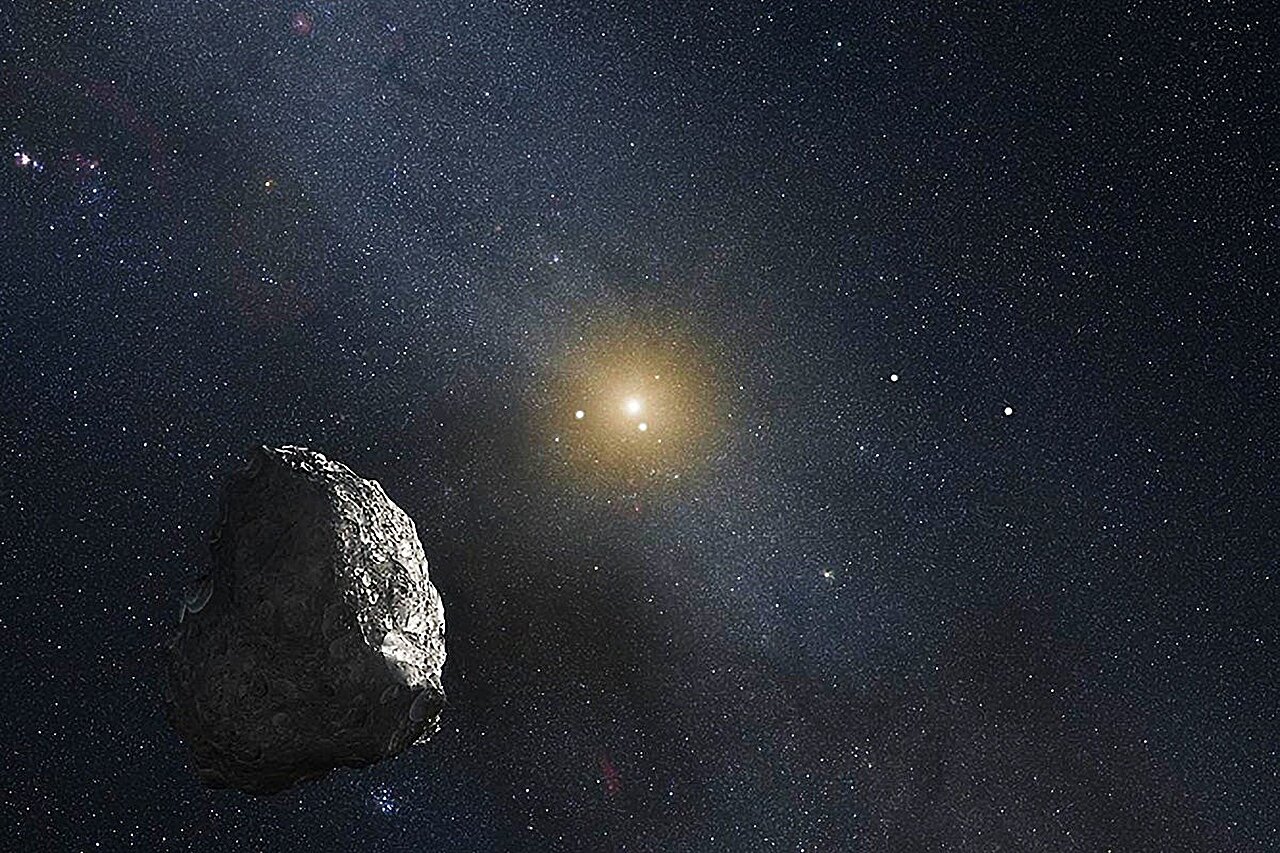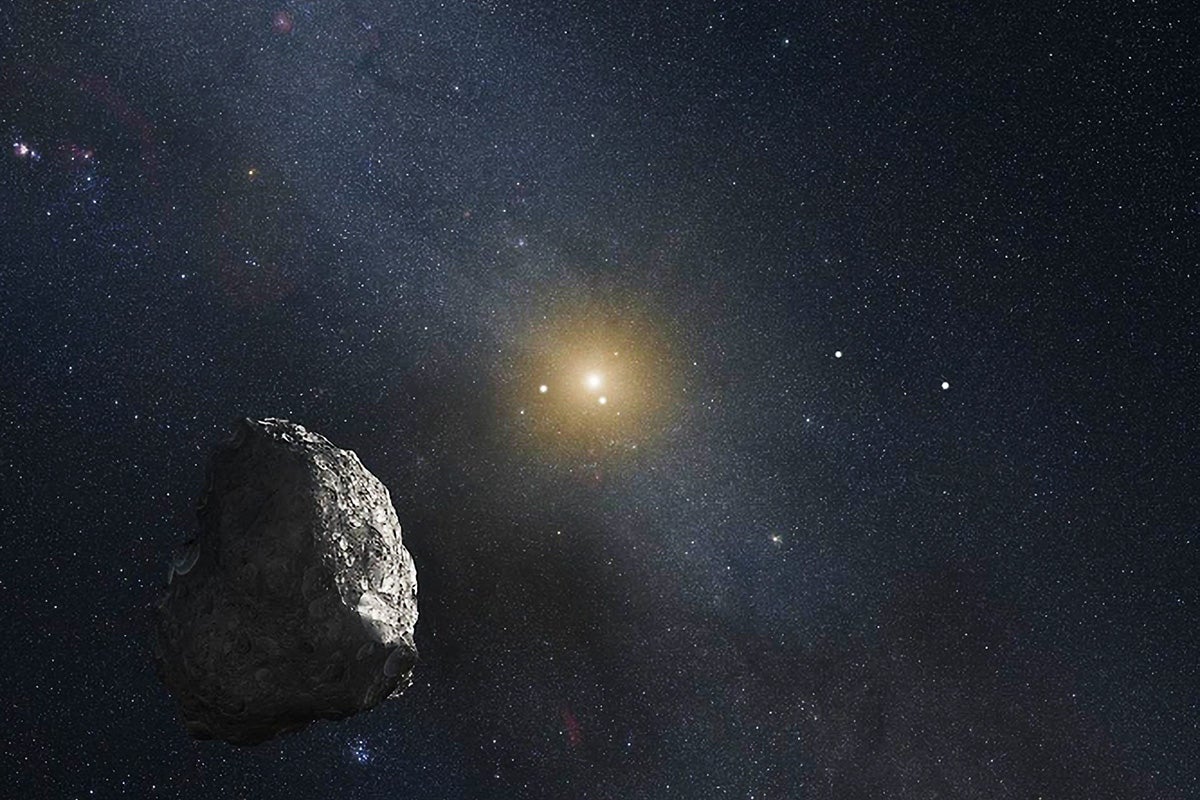In a new study, published in Nature Astronomy, researchers used the infrared spectral capabilities of the James Webb Space Telescope (JWST) to analyze the chemical composition of 59 trans-Neptunian objects (TNO) and Centaurs, celestial objects that share characteristics of both asteroids and comets.
According to Phys.org, the scientists found that carbon dioxide is abundant in the cold outer regions of the protoplanetary disk.
The researchers reported detecting CO2 in 56 TNOs and CO in 28, from a sample of 59 objects observed with JWST.


CO2 was found across the board on the surfaces of the trans-Neptunian population, while CO was only detected in celestial objects with a high abundance of carbon dioxide.
“This is the first time we've observed this region of the spectrum for a large collection of TNOs, so in a way, everything we saw was unique,” says the study's lead author Mario De Prá, in a statement.
The discovery helps to understand the formation of the solar system and how celestial objects may have “migrated”.
“We didn't expect to find that carbon dioxide was so common in the TNO region, let alone that carbon monoxide was in so many TNOs,” adds De Prá.
Carbon monoxide ice was observed on Pluto by the New Horizons probe, but it wasn't until JWST that there was an observation that made it possible to locate and detect traces of carbon monoxide ice and/or carbon dioxide in the largest population of TNOs.

“The CO2 was probably accreted from the protoplanetary disk. For its part, the origin of carbon monoxide is more uncertain,” says De Prá.
“The latter is a volatile ice even on the cold surfaces of TNOs. We can't rule out the possibility that the carbon monoxide was primarily added and somehow retained until the present day. However, the data suggests that it may be produced by the irradiation of carbon-containing ices,” he points out.
The scientists analyzed and compared the absorption bands of CO2 and CO in all the objects, and noticed that some objects have pure CO2, while others have it mixed with other compounds.
By linking the characteristics of carbon dioxide to orbital and physical parameters, it was concluded that the variations in carbon dioxide are probably representative of the different regions of formation and the initial evolution of the objects,” concludes study co-author Elsa Hénault.






